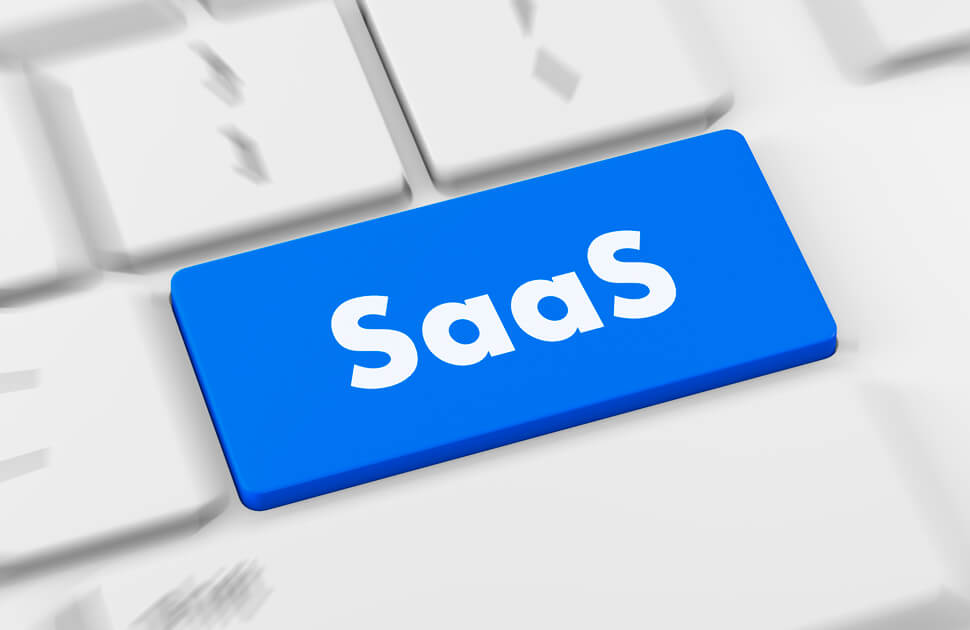According to a report by Market Research Future, it is expected that global software as a service market will grow exponentially in the coming years. Forecasts indicate that the market is ready to reach an annual growth rate of 21% over the next three years. Thus, it has been estimated that the global Software as a Service (SaaS) market will reach 117 trillion dollars by the end of 2022.
The developments and advances made in cloud technology have paved the way for Software as a Service in different verticals of the industry. It allows customers to access the software and associated data through a web browser. The comfort offered by technology is one of the key factors responsible for driving the growth of the global market.
The software subscription model has revolutionized the adoption of technology in all sectors and industries. The growing dependence on technology has driven the demand for software service solutions and is likely to drive the expansion of software as a service market until 2022.
The growth of the IT industry will boost the expansion of software as a service market. In addition, it is likely that factors such as the high demand for data analysis software, rapid deployment, availability of personalization, etc. favor the proliferation of Software as a Service.
Why Do Companies Decide On SaaS?
Around us, we see companies that become exclusive vanguard SaaS corporations. With more than 80% of its hosted and managed cloud application in the cloud, companies can confidently say that their operations no longer depend on legacy systems. This makes a lot of sense for all of them, since the benefits of SaaS often come down to significant financial savings. The main beneficiaries, as expected, are small and medium-sized enterprises (SMBs), which also have the best growth forecasts for 2019.
Because SaaS applications are easy to use, administrators will no longer have to provide expensive training for employees to use. In addition, these applications are easily connected to a number of third-party applications and solutions and, in general, have an open API access that allows you to create personalized connections.
Why Are Companies Changing Their Operations To The Cloud?
- It costs less compared to legacy systems.
- Reduces operating costs.
- It allows maintaining a consistent work process.
- Facilitates collaboration in large and decentralized teams.
- Saves the time needed for configuration and training.
- Facilitates access to data.
- It is optimized for mobile devices and independent of the devices they are using
- It favors the connection of applications to each other.
- Reduce (or eliminate) the update, maintenance and data protection load.
- Keeps organizations in line with trends.
What To Expect From The SaaS Market In The Coming Years?
The market will welcome the appearance of services in the cloud. The distinctive advantage of SaaS technologies compared to office installations is their applicability in mobile devices.
According to Statista, more than 60% of the world’s population in 2016 owned and actively used a smartphone, and researchers are confident that this number will increase by at least 1/3. The logical consequence of a society saturated with mobile devices is that users are becoming significantly intolerant of the bad mobile experience and the lack of native applications, and even 61% of them will leave a site that they do not find receptive enough. For SaaS applications developed primarily with mobile users in mind, this will not be a big problem.
In 2019, more and more organizations will move up into the SaaS environment to get part of the “complete SaaS workspace.” Meanwhile, the growing demand will motivate investors to finance important technological innovations, which means that a SaaS utopia may not be as far as we think.
 Subscribe
Subscribe
 Ask for a demo
Ask for a demo

 3 min
3 min
